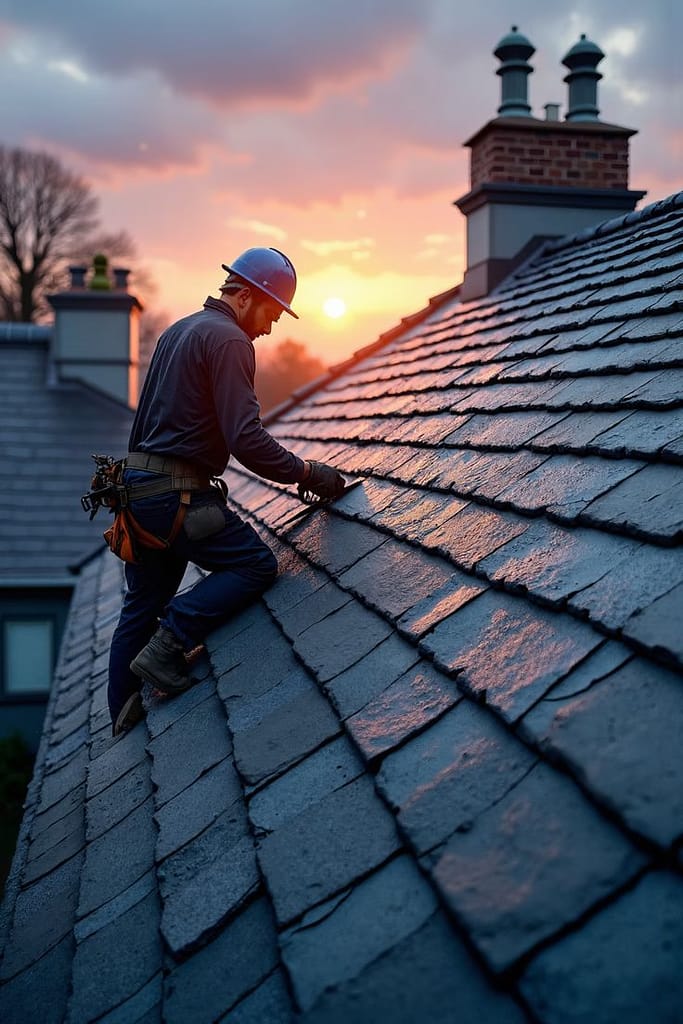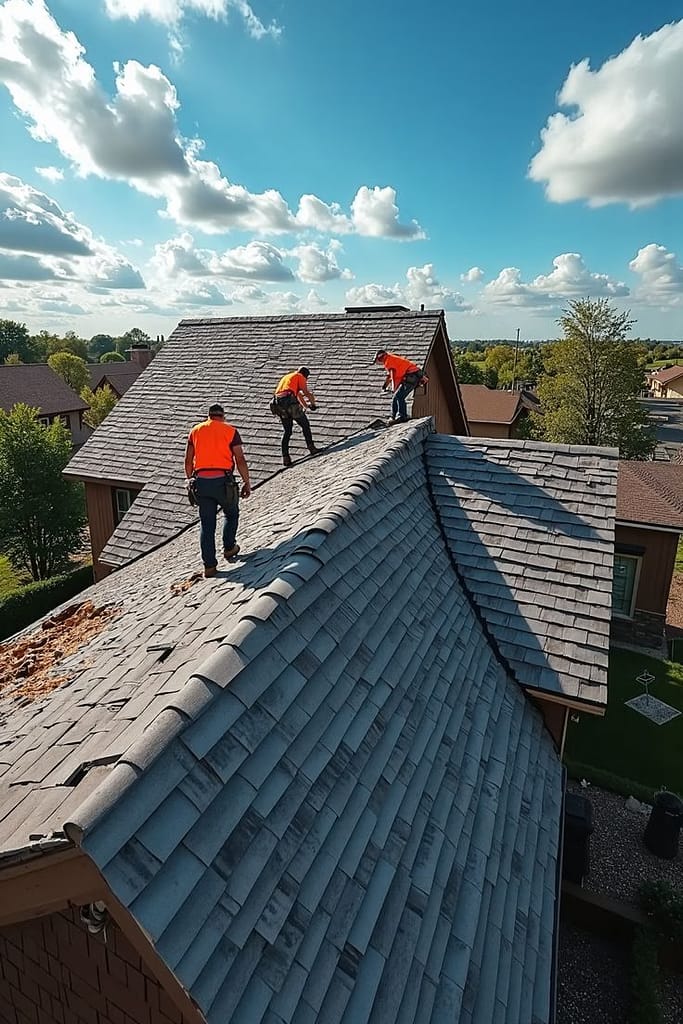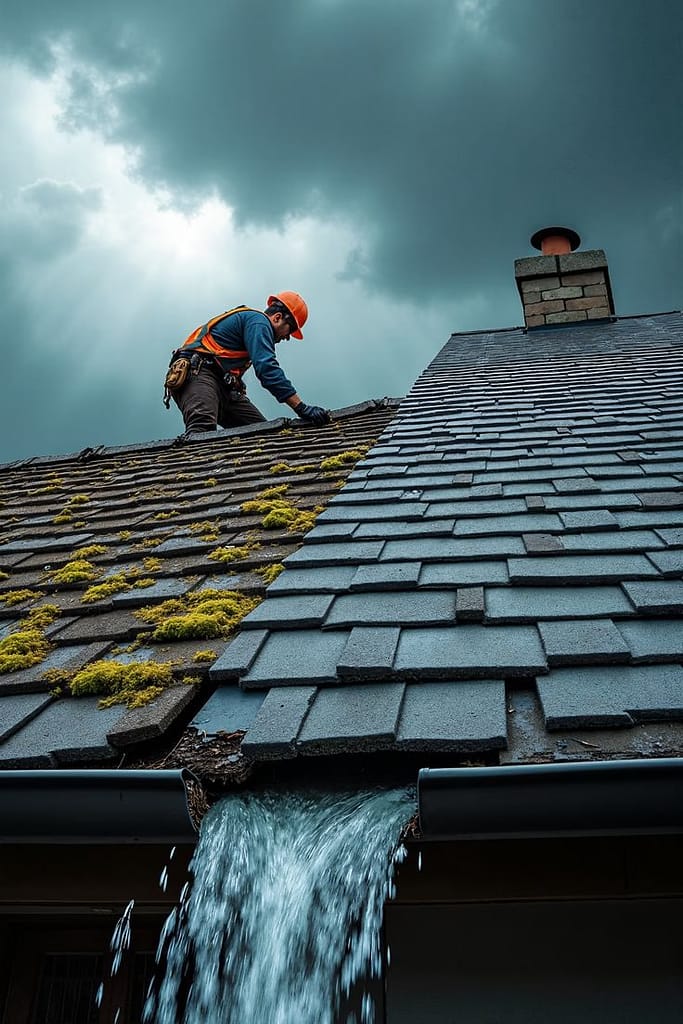Last Updated on February 12, 2025 by Tanya Janse van Rensburg
As a homeowner, taking care of your home often means tackling repairs yourself.
Whether that means learning how to spot and fix common roofing issues, identifying when an HVAC system is faulty, or just determining something as simple as if there’s an insulation issue.
Knowing when to contact a professional is equally important.
While there may be a certain satisfaction that comes from fixing things yourself and cost savings, making a mistake can lead to more expensive issues down the line.
When it comes to something as important as issues with your roof, an expert who has specialized knowledge, tools, and professional expertise is always best.
Attempting to fix a repair by yourself can lead to serious mistakes, safety hazards, and even voided warranties on your home.
Learn the most common roofing problems along with what you can fix on your own in addition to when you should call the pros.


Before deciding whether or not you should take on a repair job by yourself, you must understand the most common issues you may run into.
These problems can range from minor wear and tear issues to major structural concerns.
The most prominent include:
While some of the above problems have simple solutions, others demand expert repair.
Knowing which is which can save you time and money in the long run while also ensuring your safety.

Assuming you have a basic comfort with tools and a sturdy ladder, there are a few roofing tasks you can handle safely on your own.
The first is gutter cleaning and downspouts.
Gutters play a major role in moving water away from your home, but when they get clogged with leaves and debris they can cause leaks and foundation damage to your roof.
Regular cleaning before winter and after storms will help to prevent further issues.
If you notice a few shingles missing or curling, consider replacing them a relatively simple job.
You’ll need to purchase matching replacement shingles, nails, and other items to remove and replace the damaged ones.
Be sure to remove the old ones properly with a pry bar and secure the new ones effectively to prevent future leaks.
Building off of this, if you happen to notice any minor leaks or small gaps around the vents in your roof you can seal these with a high-quality sealant to provide a temporary fix.
Be aware that this is a good short-term solution, but it shouldn’t replace professional repairs for larger leaks in the future.
Some general safety precautions to keep in mind if you plan on getting up to your roof with a ladder include:
1. Use a sturdy and well-anchored ladder
2. Wear non-slip shoes for better grip
3. Always work in dry weather
4. Ensure someone is home in case of emergencies
DIY tasks can extend the life of your roof, but there are many situations where admitting you are out of your depth can help keep you safe.


Attempting any major roofing work without the right expertise, tools, or skills can be both dangerous and costly.
Falls from roofs account for a significant number of home improvement injuries per year, with 70% of fall-related work deaths being attributed to this cause.
Without the right safety equipment, working on a steep roof can be very risky.
Beyond safety, there are structural integrity concerns to keep in mind.
Fixing a few shingles might seem easy at first, but if they are installed incorrectly, for example, you could create new leaks or compromise the integrity of your whole roof.


Naturally, certain roofing problems are too complex or dangerous to be handled as a DIY repair.
Below are some of the most common situations in which hiring a professional is the best choice:

When it comes to roofing, knowing your limits is everything.
Cleaning gutters, replacing a few shingles, and sealing small cracks are all acceptable DIY tasks that aren’t likely to have major consequences.
Always ensure to call a repairman if there are complex issues like those described above which may lead to injuries, void warranties, or cause long-term damage.
If you are ever in doubt, just call a pro to err on the side of caution.